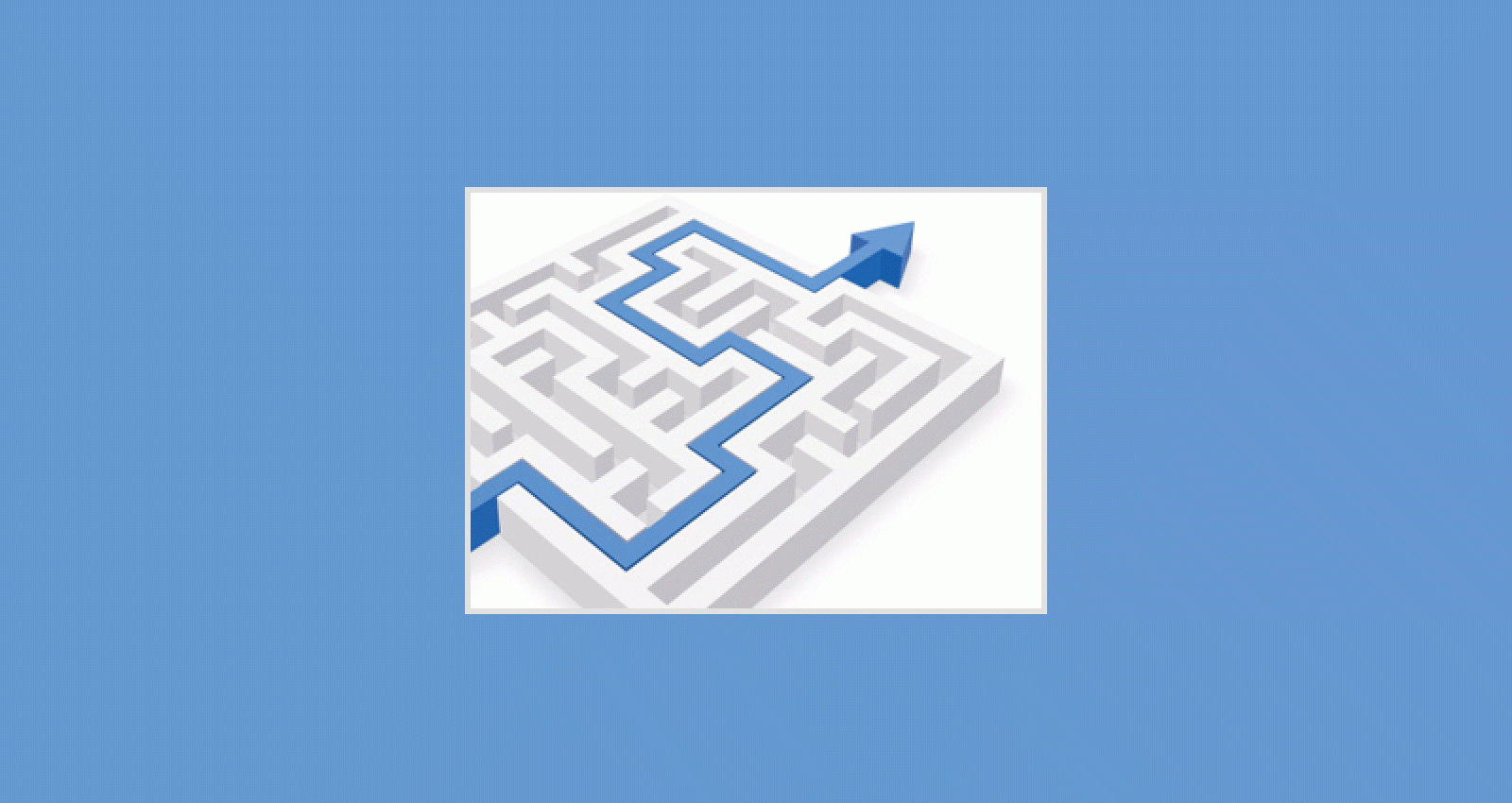"We look towards you to lead the way for a new approach to development."
With these words Donald Kaberuka, President of the African Development Bank, expressed the sentiment in the room as the Development Committee endorsed the World Bank Group’s new strategy.
The strategy is ripe with opportunity, and yet a daunting task as it foresees fundamental changes to the way we think and act as development practitioners --even more so in an increasingly complex world. Whether you study the World Economic Forum’s outlook for 2014, the high-level panel’s report on the post-2015 agenda, or the Bank Group’s own strategy, the challenges are intertwined and require leaders from different segments of society – the public and private sectors, civil society, academia – and across professional groups to put their heads and actions together. In the words of the Bank Group strategy: we need to develop knowledge for solutions, have a scientific approach to delivery, look for transformative engagements, and take smart risks.
The Solutions Bank Group is a brand new concept, so how can it be that IEG has lessons to share?
As evaluators, we use conceptual frameworks, models, theories of change, or results chains to observe change, collect evidence, and explain why changes are occurring or not. In many cases these frameworks exist, in others we draw on research of the Bank or others and experience of client countries. In other words: these models are an illustration of solutions that we use to help understand how Bank Group interventions fit with the needs of client countries and how they fit together to provide integrated services.
What are some of the common lessons to date?
Understanding better the interrelationship between different players and sectors: the role of conceptual frameworks. None of the current development challenges are "single-sector, simple answer" problems, therefore it is essential to take a systemic look to understand where problems arise and decide on a combination of interventions to solve them. The Bank Group’s experience ranges from not having a guiding model like in the evaluation of innovation and entrepreneurship development, or one that is too generic and lacks evidence to prove the point (watch out for our forthcoming evaluation on small and medium enterprises). In other cases, like World Bank and IFC support to youth employment, our evaluation illustrated that while the Bank had developed the MILES model to understand labor markets, it did not adapt or apply it to its, admittedly young, portfolio for youth employment.
Adapting global concepts to local contexts. Listening to Bank Group shareholders – at the Development Committee and in the Boardroom – the message is clear: do not force global models on client countries without adaptation to the local context. At their best, models work to guide country diagnostics and dialogue with local stakeholders to help all parties understand the toughest challenges and opportunities for solutions development . At their worst, they are rigidly applied dogma. To ensure the benefit of global experience and local context, our evaluation of knowledge-based country programs showed that the engagement of local expertise was one of the key factors in determining success or failure when adapting global solutions to local contexts and for building local ownership.
Translating diagnostics into integrated approaches. Diagnostics are not enough. They need to lead to strategic choices, both in being selective as well as in ensuring synergies. In our evaluation of innovation and entrepreneurship development, we spoke of the need for national systems – a view that Klaus Schwab shared in his recent New York Times Op-Ed – that bring private and public actors together and create an enabling environment for innovation. In the absence of an understanding how such systems work – i.e. model and diagnostics were missing – the assistance of the World Bank and the International Finance Corporation was not conceived in a holistic way. Both organizations missed out on important synergy effects and, instead, delivered disparate interventions, each less effective than if developed and delivered collectively. In another example, when evaluating the Bank’s procurement system, we found that diagnostics of local procurement systems had been carried out, but action on the ground focused on one dimension of local procurement capacity rather than providing a solution that integrated procurement capacity systematically in public financial management programs and delivered iterative improvements to the system.
These lessons illustrate two things: from a "glass half empty perspective" you would say, the Bank Group hasn’t gotten it right; from a perspective of the "glass is half full," you can see that the Bank Group has a lot of the key ingredients in place. What needs to happen next is joining them up to provide an integrated set of services. As the Global Practices take shape in 2014, they can take up these lessons and others to accelerate progress towards a Solutions Bank Group.








Comments
Add new comment